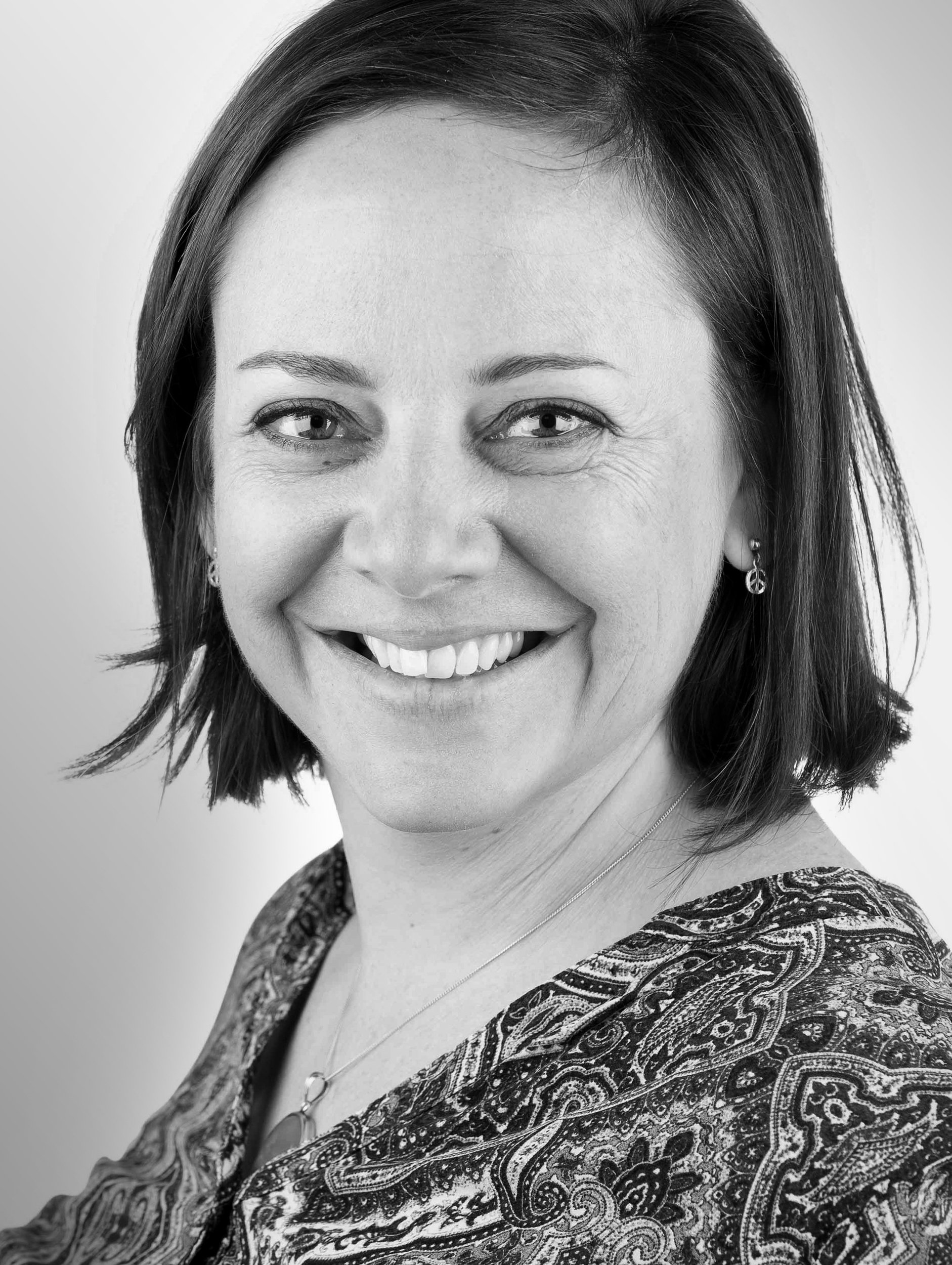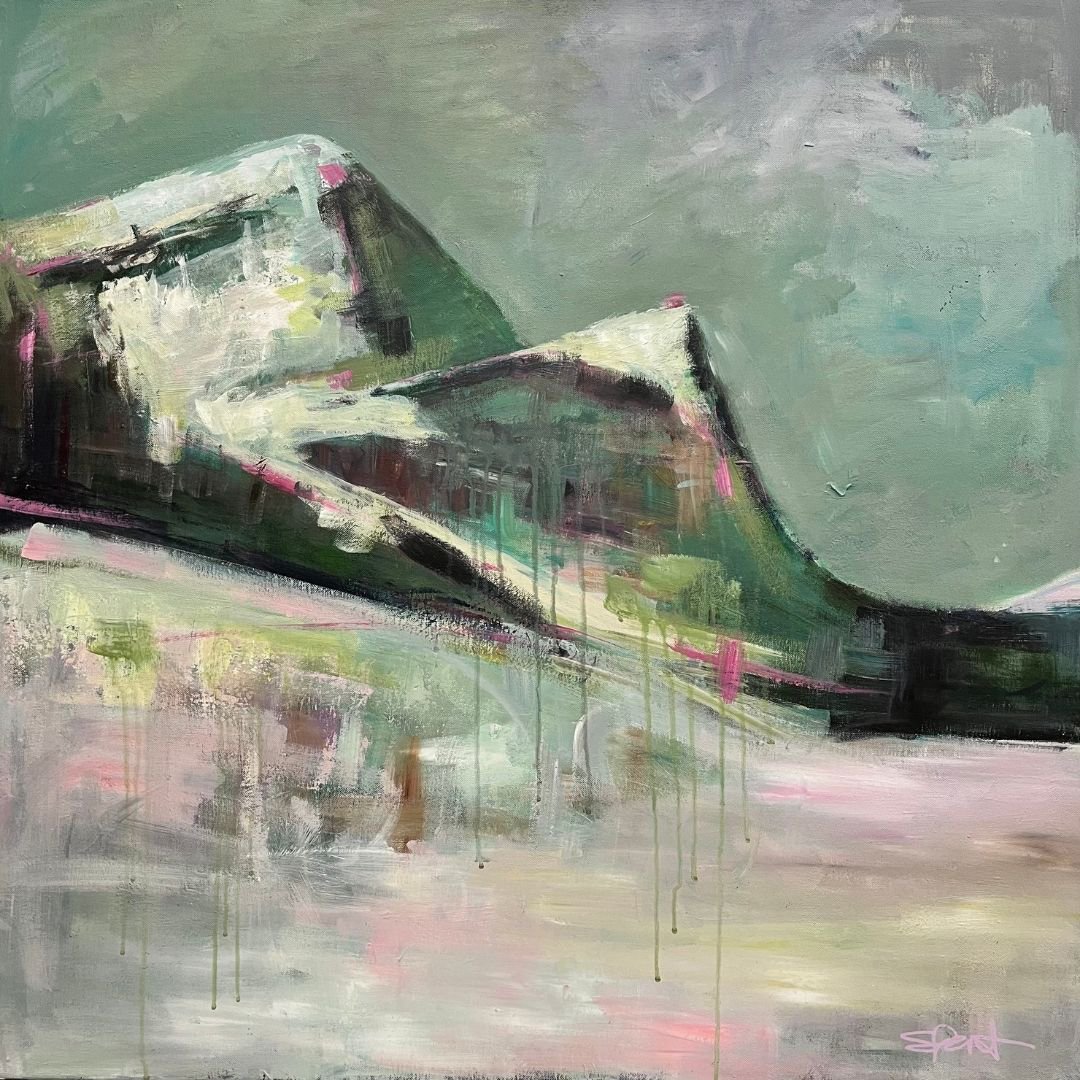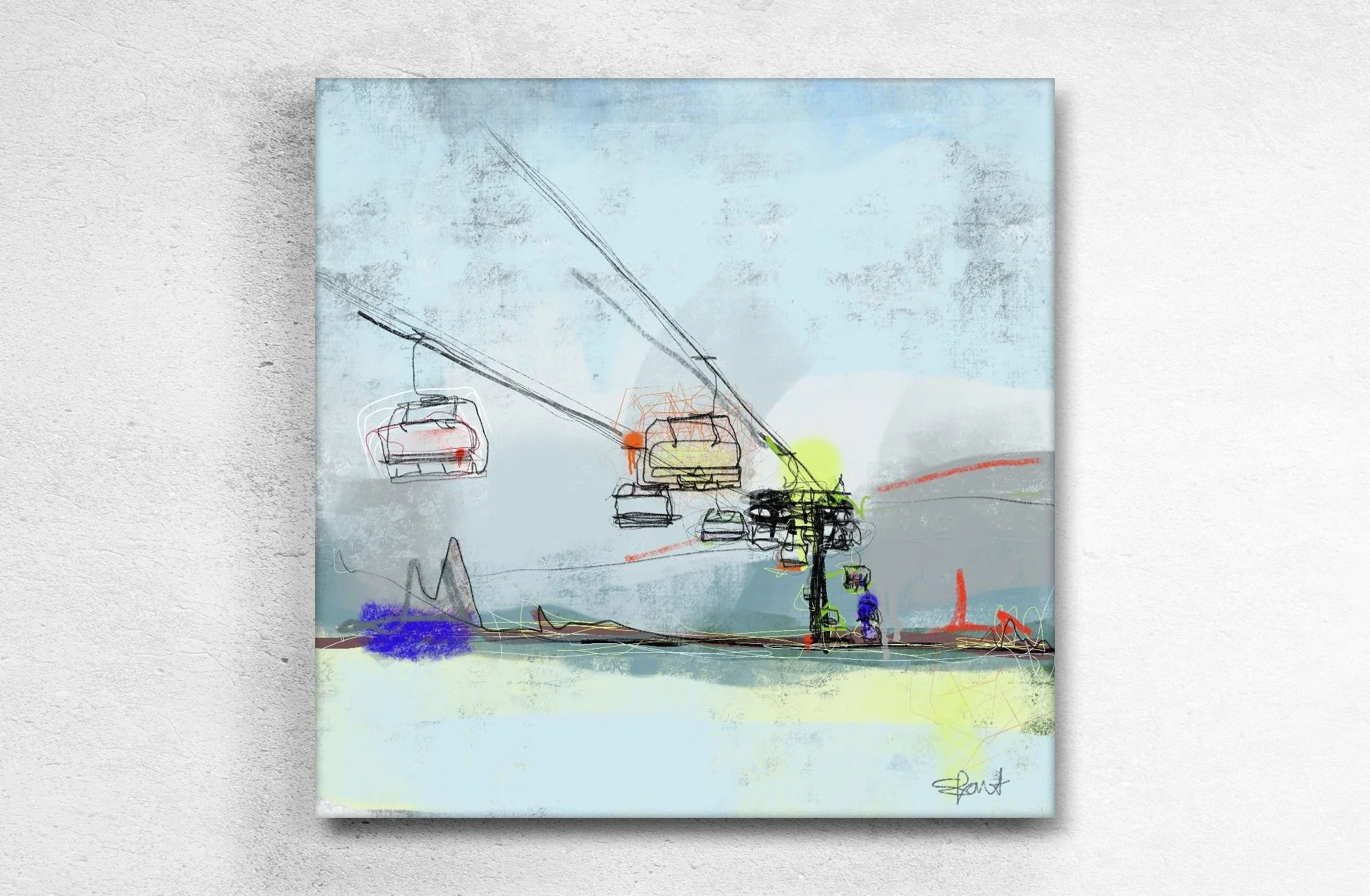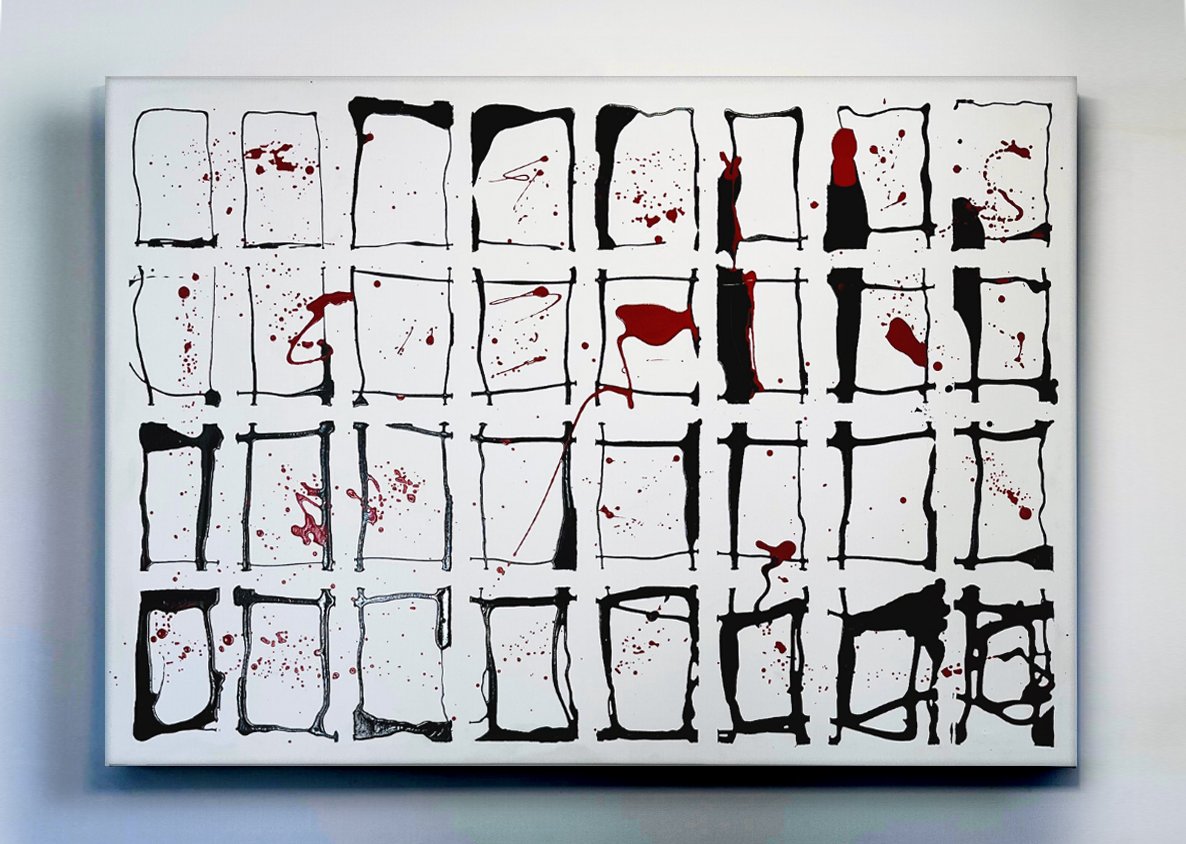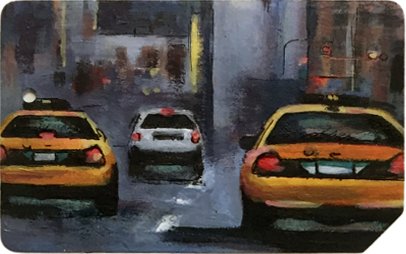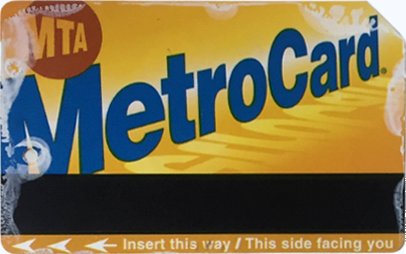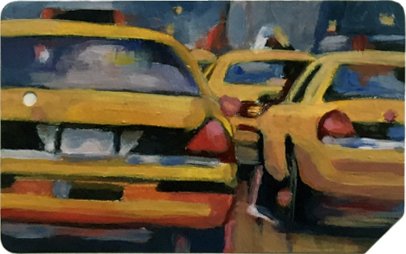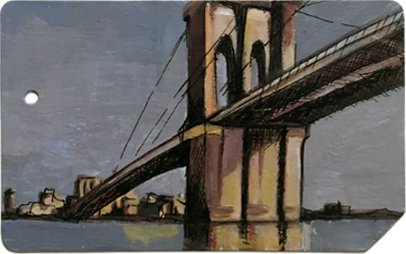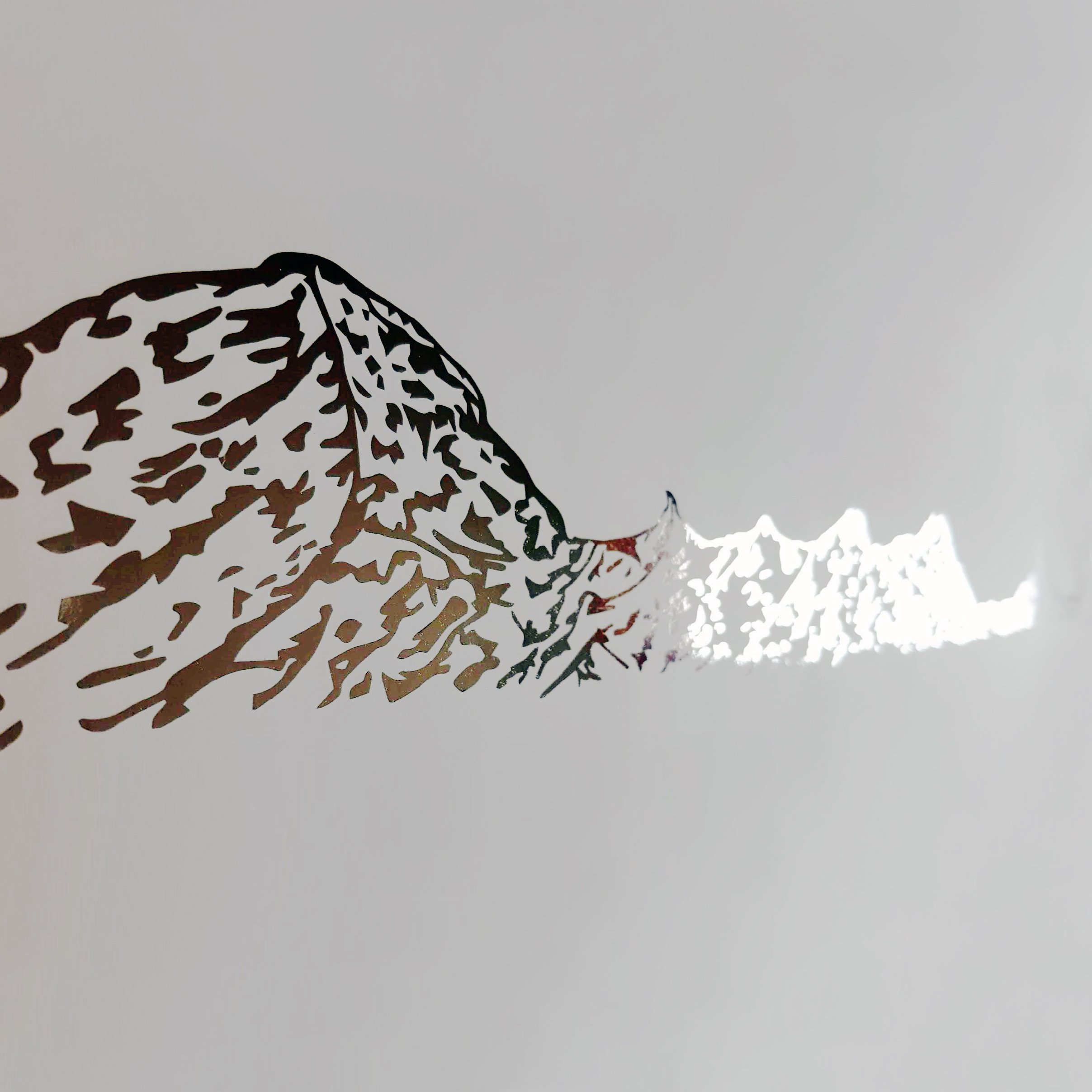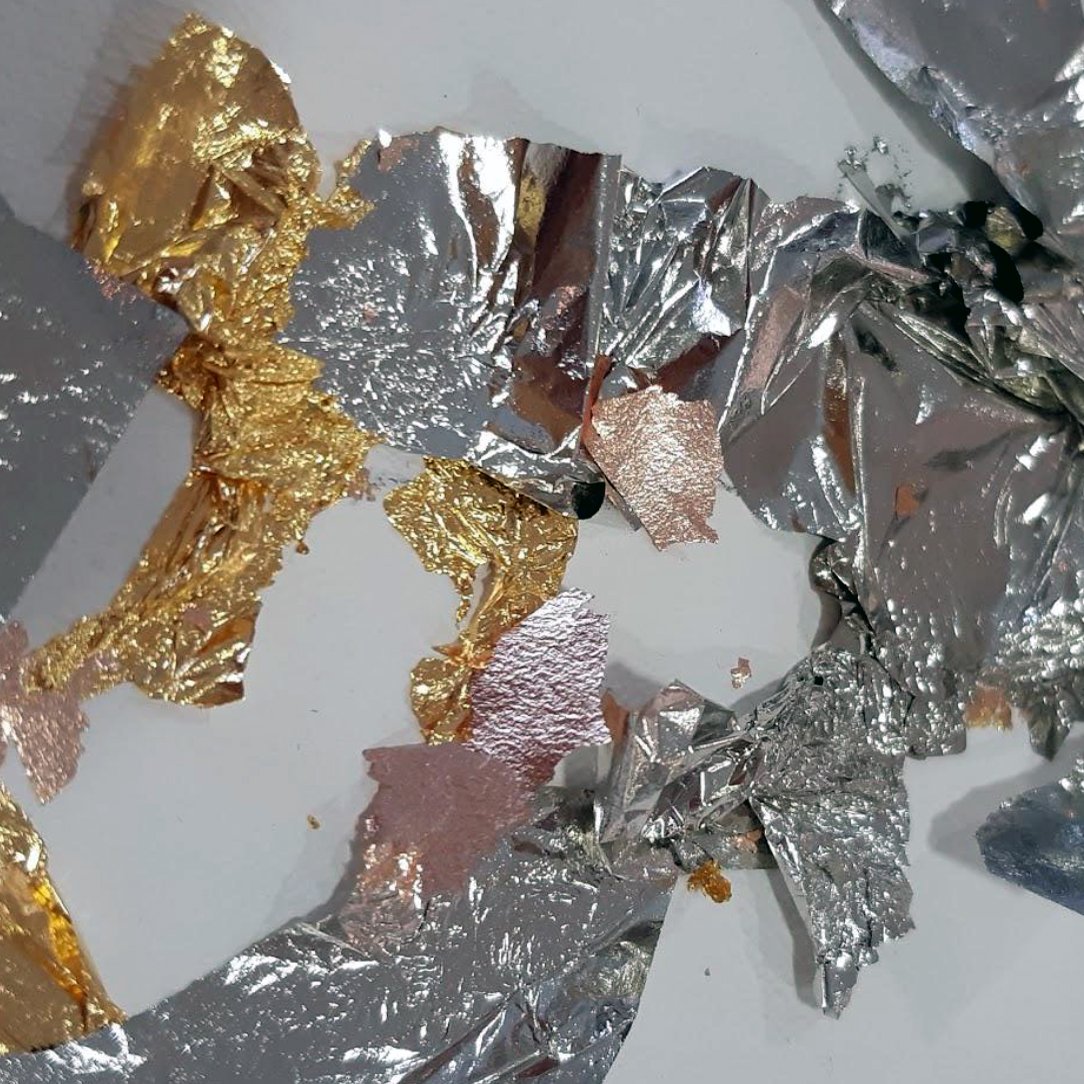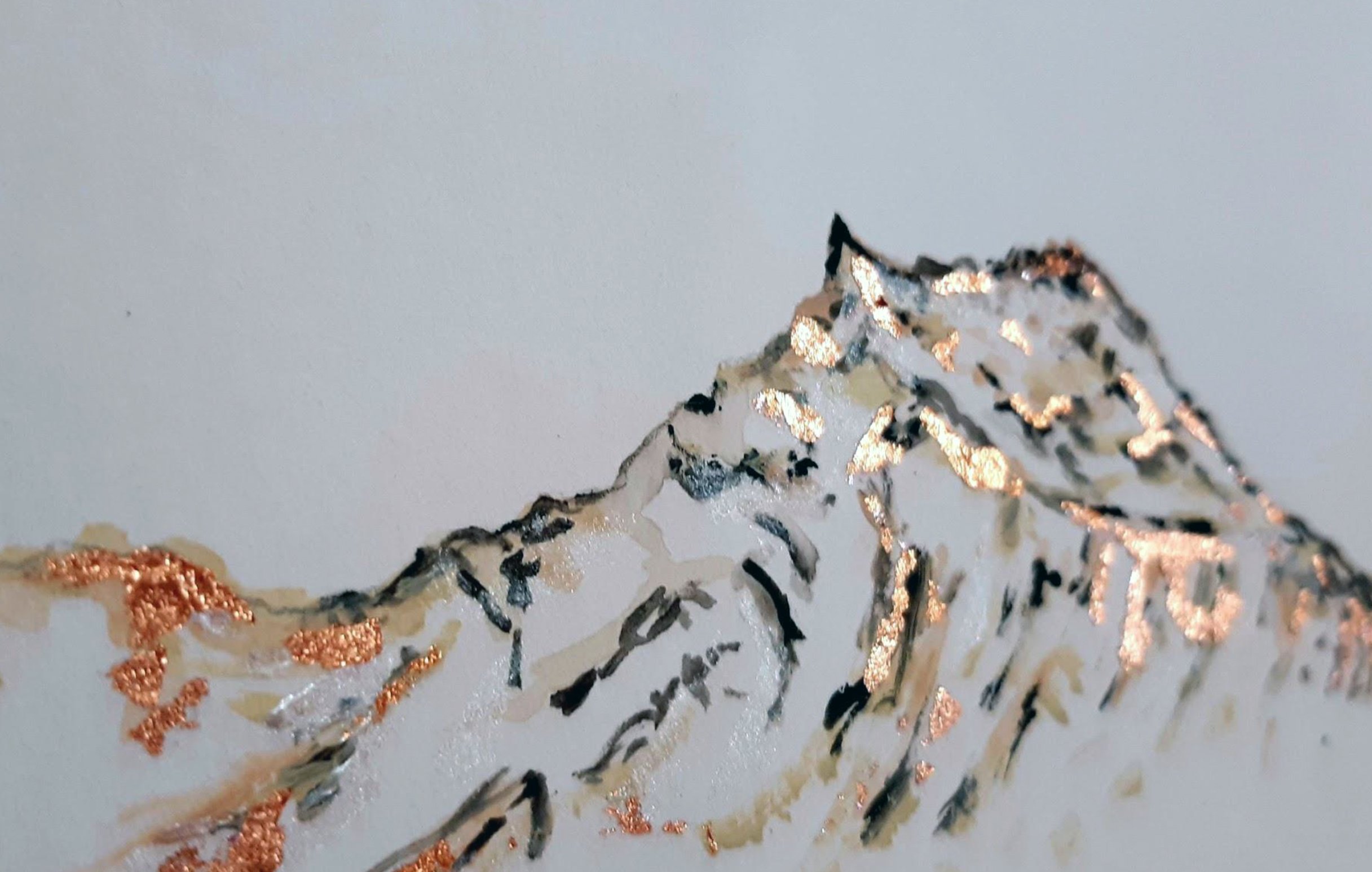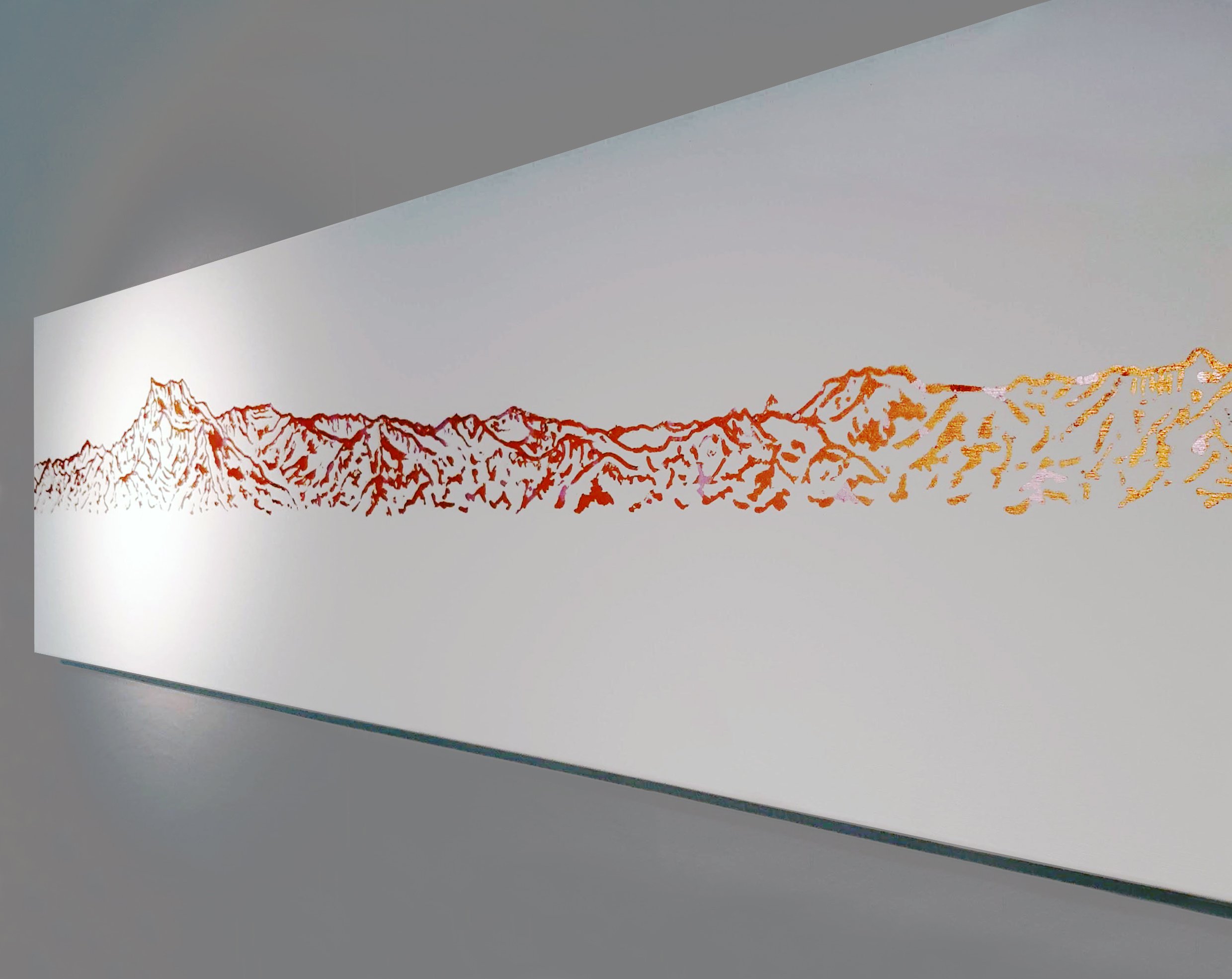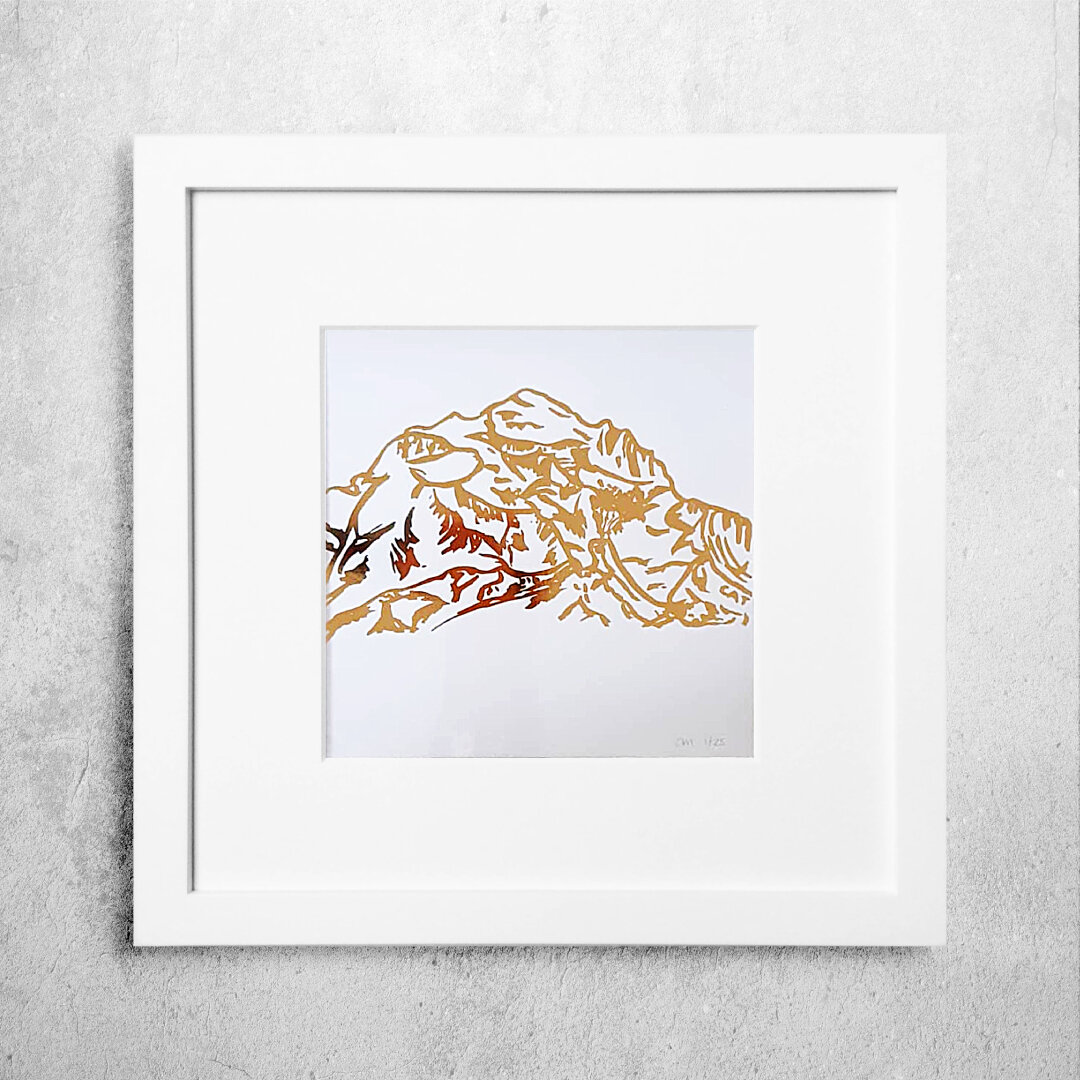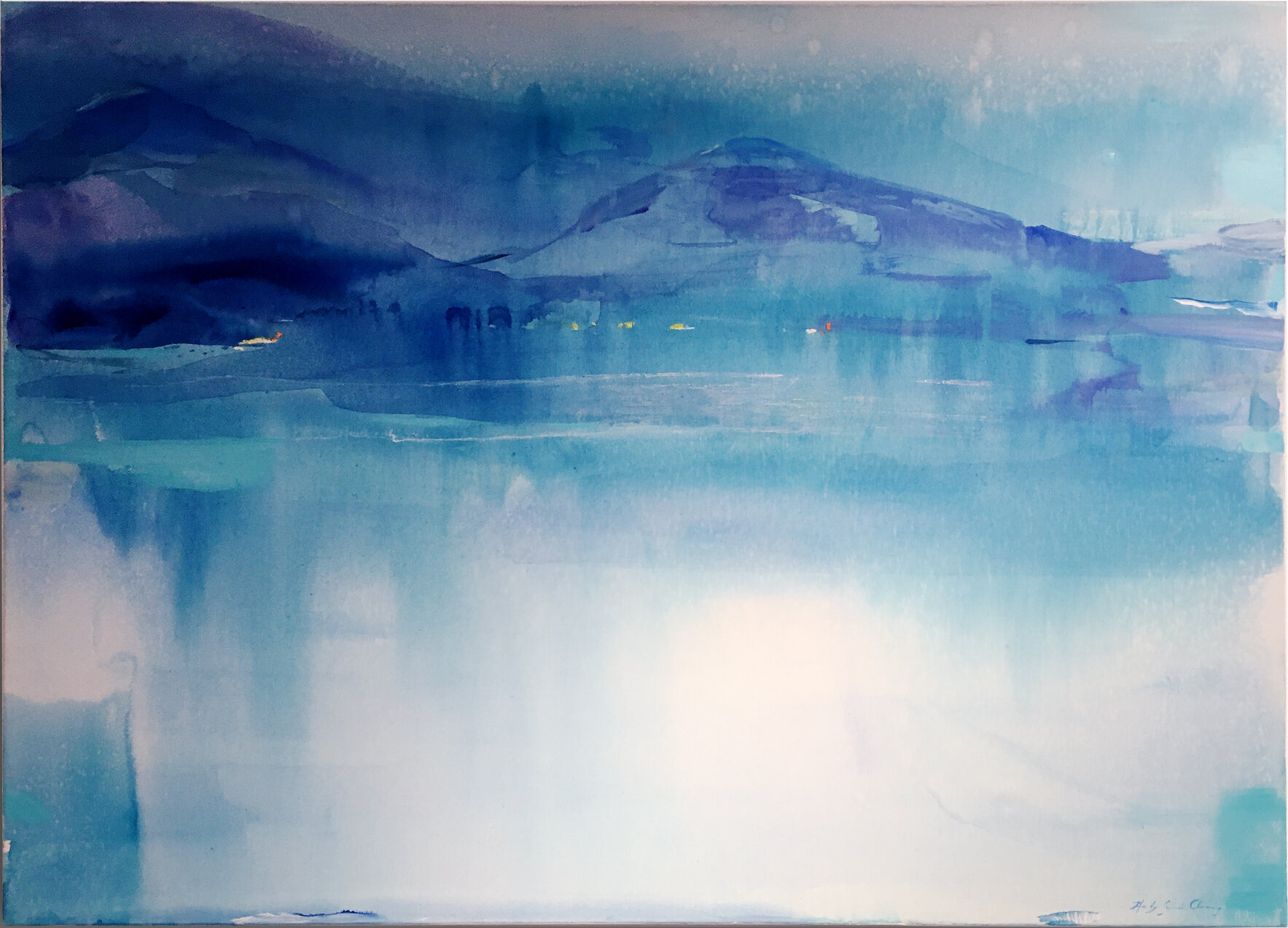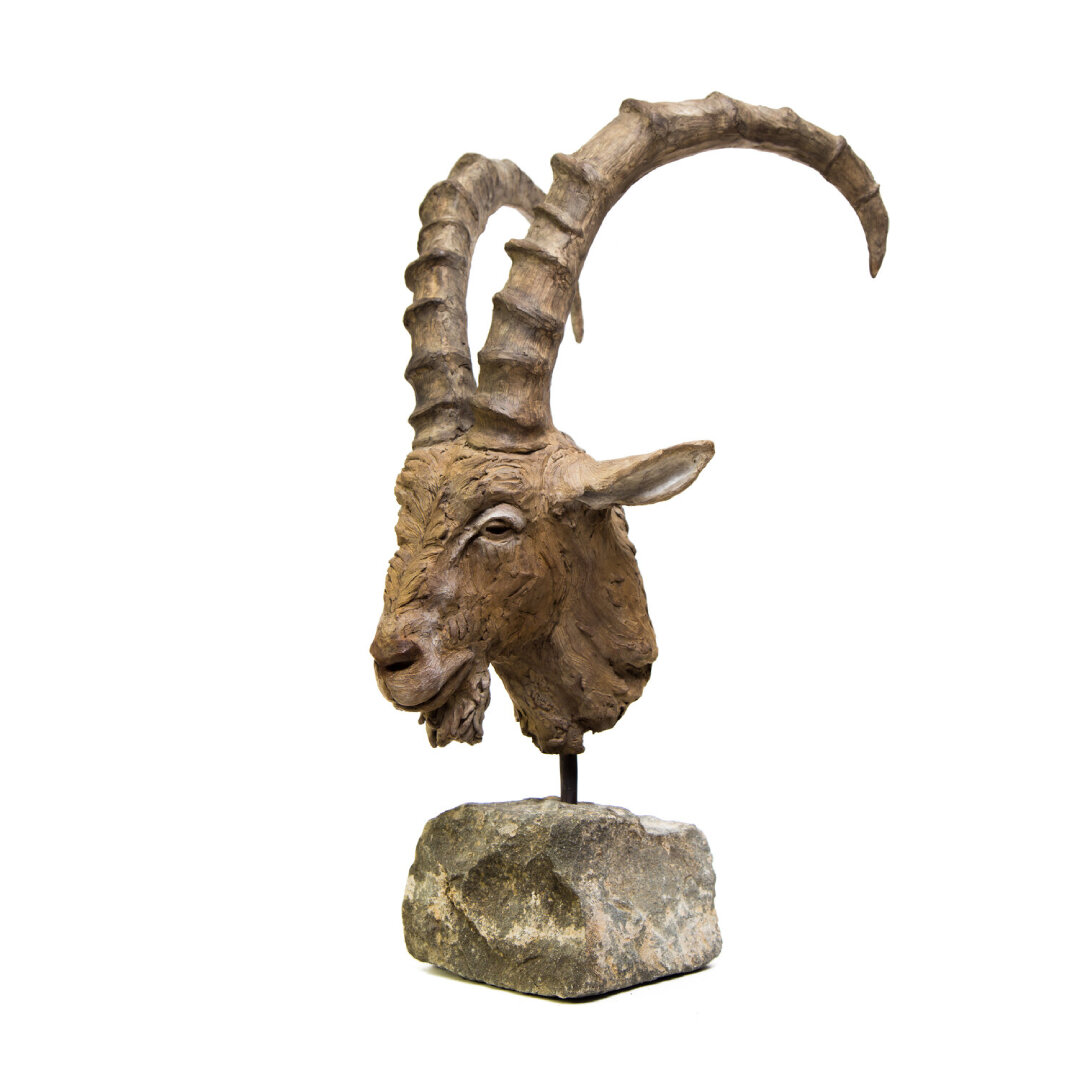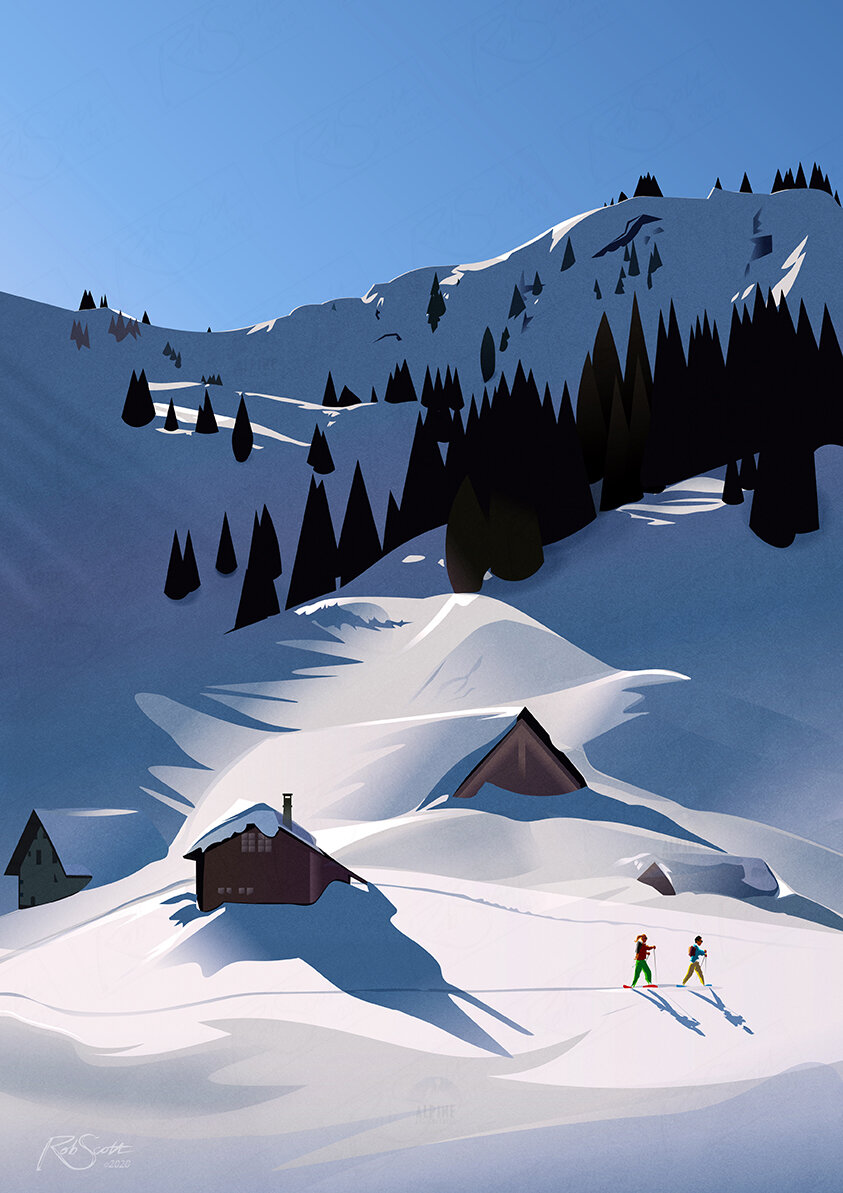You’ve painted all your life, but your working life took you to the military and corporate world. When you returned to the artform, was it initially a calculated career shift?
The shift to a career in art was triggered by a difficult realisation during my burnout at the age of 30 when I felt like I was not fulfilling my purpose. Picking up a paintbrush and reconnecting with my passion for painting made me realise that I was an artist at heart and that my future career choices had to leverage my eye for design and visual communication. My demo reel will give you an idea of the diversity and versatility of my creative work as an artist, content creator and art director.
Now as an established artist, do you continue to use the three C’s in your art practice?
The three C’s are definitely a red thread in everything I do. I believe that amazing things happen when you actively play with the three C’s. They have become like friends who I like to hang out with. We embark on adventures together, sometimes it works out and sometimes it doesn’t. Even when it doesn’t work out, I always learn something new and useful for the next chapter. Everything leads to something, even if it doesn’t seem like it at the time. Everything that I have ever dared to create in the past has contributed to who I am today and where I’ll be tomorrow.
Take, for example, The 100 faces Project from 2013. As an artist in dire need of cash flow back then, I wanted to find a way to flip the traditional model of selling art upside down. Typically, an artist will spend a year, or even years, creating a body of work in preparation for an art show. Then, you hope that your work sells out at the show, but it might take you another couple of years to sell the entire collection. Meanwhile, how do you pay your bills?
At the same time, I was also curious about the power of art to unite people. I was already actively witnessing this through Collaborative Art® - the creative team building workshops that I had founded in 2011. I was wondering how I could apply this concept of bringing people together through art, building a sense of belonging, and at the same time solving my cash flow problems by getting paid before painting. That was the birth of ‘The 100 Faces Project’. One hundred people commissioned a portrait of themselves during a year. Every portrait painted was already paid for. The end result was a giant mosaic of one hundred portraits. At the show, we created a corkboard version of the mosaic where the ambassadors of the project could pin coloured string to show the connections that they discovered with the other ambassadors. Red for friends and family relationships, blue for geographical connections, yellow for professional connections. It was like an artistic Facebook experiment that showed the power of connection and word of mouth to make the project a success.
This project has even planted many seeds that I have reaped long after the event. I have sold more paintings, more team buildings and even licensed a portrait on the album cover of a classical music collection by Igor Stravinsky. Creativity is planting seeds, nurturing them and enjoying the unexpected places where they take you.



